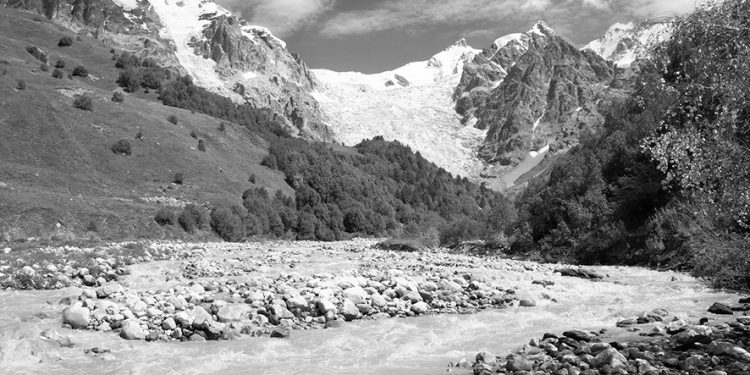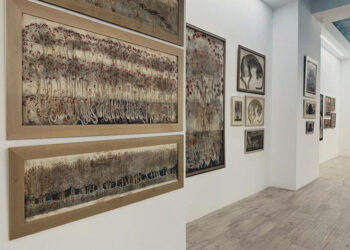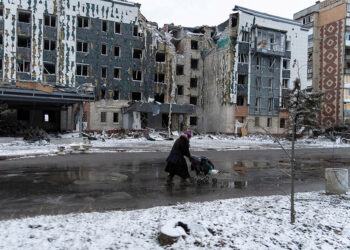Having finally seen the Svan village of Adishi for the first time in my 25 years in Georgia, it was time to continue the adventure to more new territory with the Polish trekking group, arranged by Barents, which had begun at our house and was now more than halfway through its tour. We set off in improving weather from the early morning rain, buoyed up by hopes that it would stay dry. (We already had Klement guiding us; now we just wanted clement conditions as well. In addition, I privately named the group “Poles with poles”).
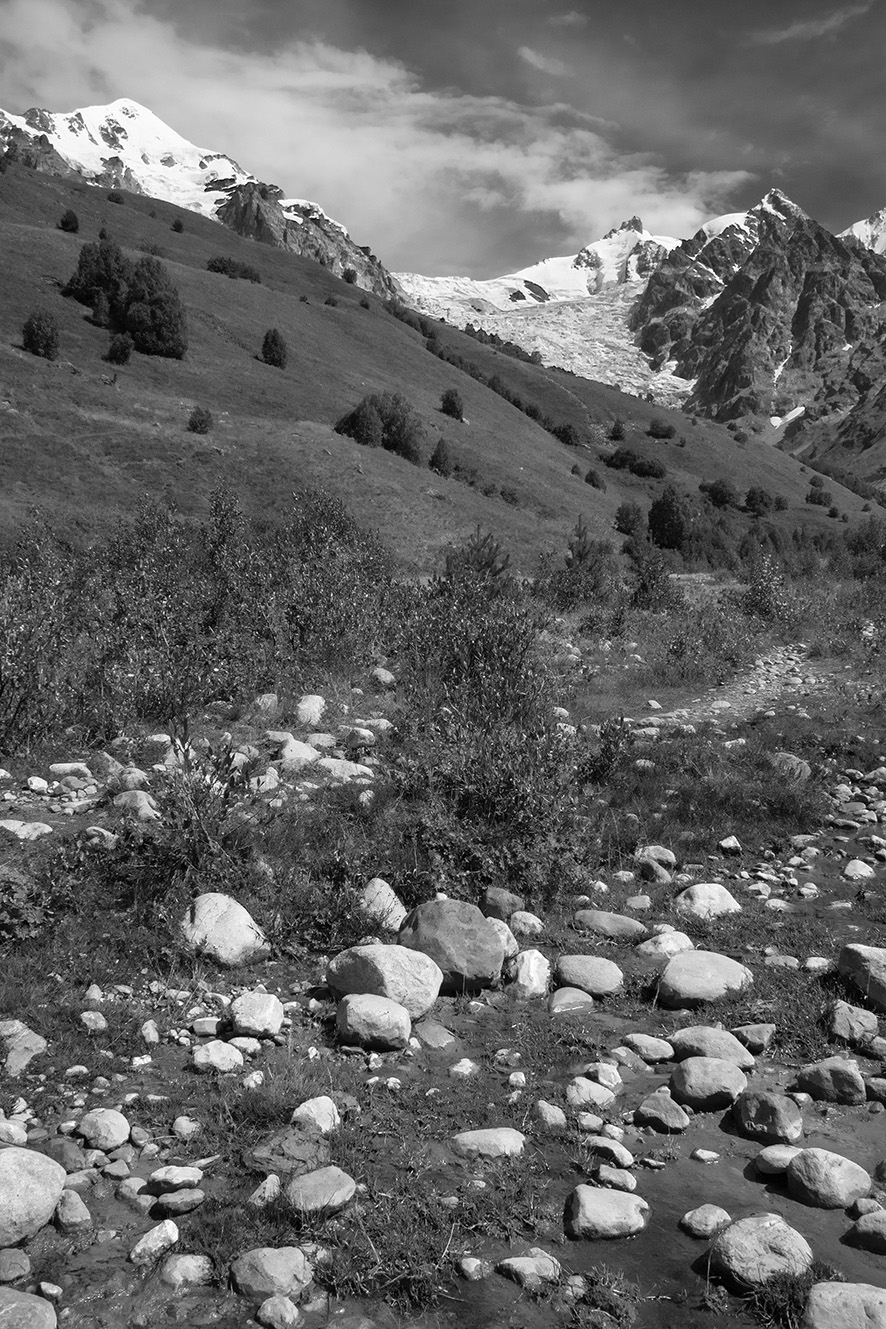
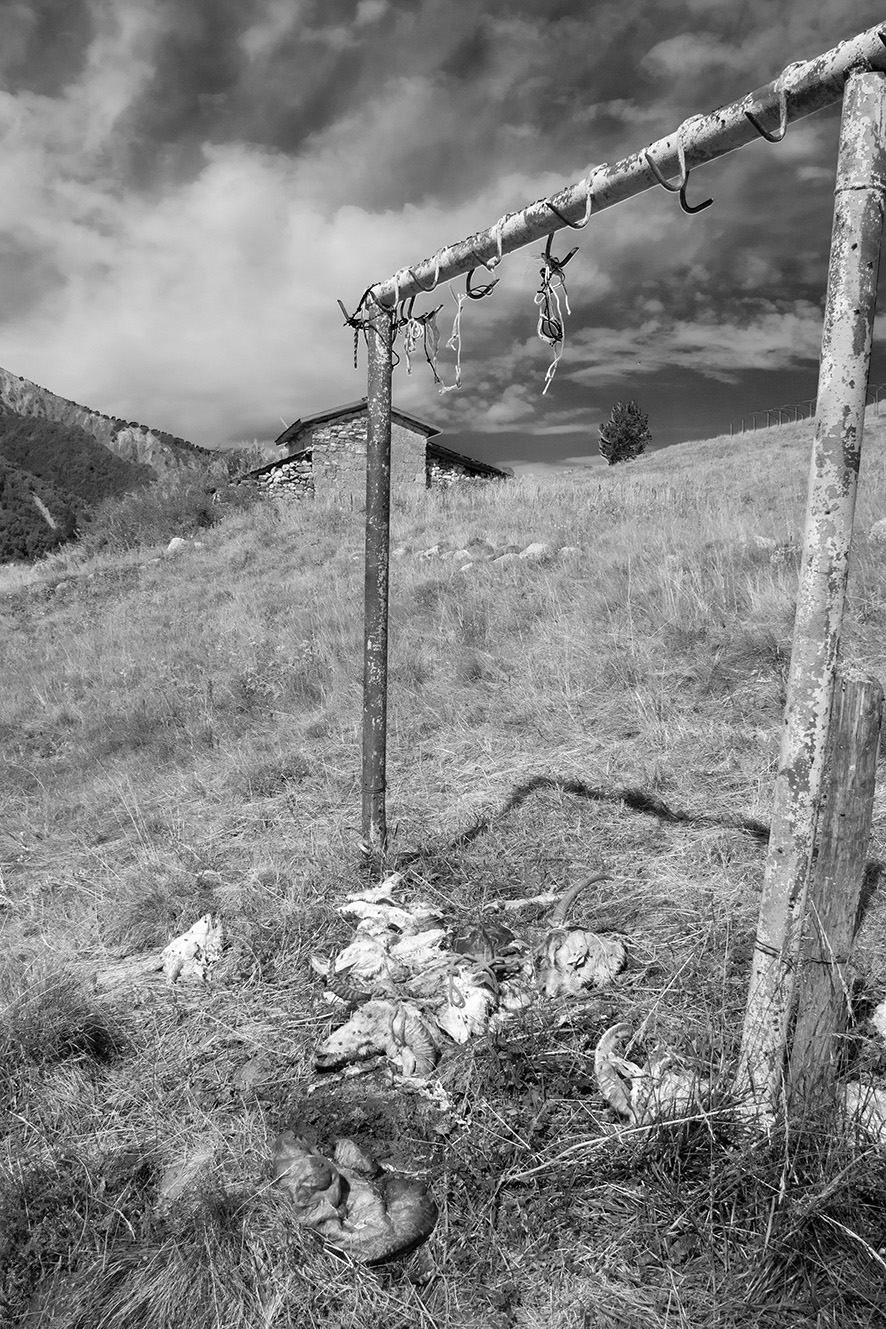
Our first part, through the morning, was not far off level. We stopped for a break at a famous old isolated church, famed for its attraction for childless or especially son-less couples. Here was a perfect example for me of the mix or uneasy coexistence of ancient Georgian Orthodox Christianity and even more ancient paganism or animism.
For the church’s annual festival, which was not long ago by the evidence, couples desiring a son bring long poles and stand them up next to the church. Subtle symbolism… Then they sacrifice male goats or sheep, hanging them from a nearby metal scaffold and leaving their heads and skins on the ground. A photo of all this together sums it up nicely. In any case, I wish them fruitfulness. On we walked.
Ushba eventually appeared in all his glory, unclouded, off in the distance far beyond dwindling Adishi. But this was the last I would see of him this day, as clouds then gathered around his typical shyness. At least we still had Tetnuldi and Georgia’s highest mountain, Shkhara, to accompany us.
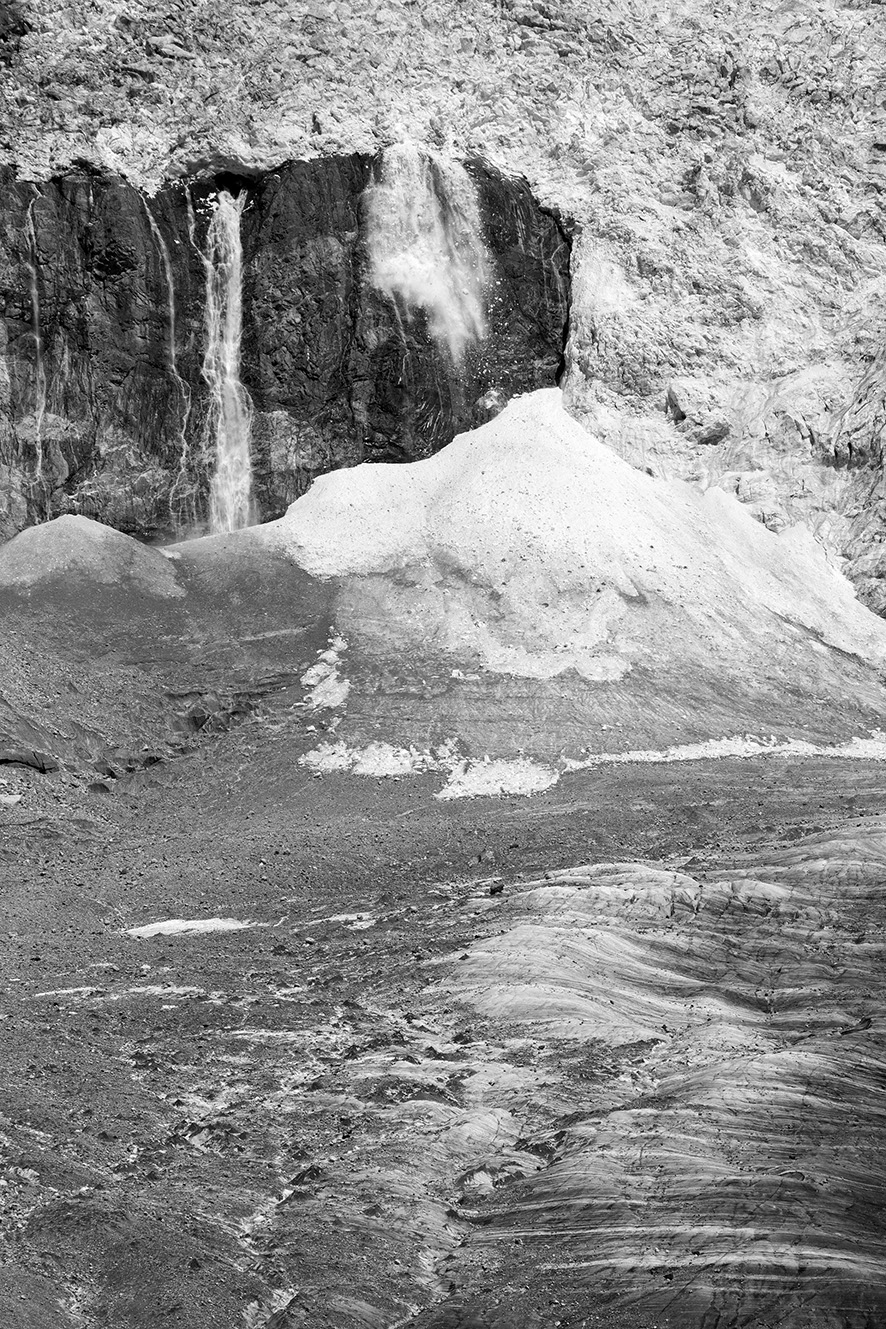
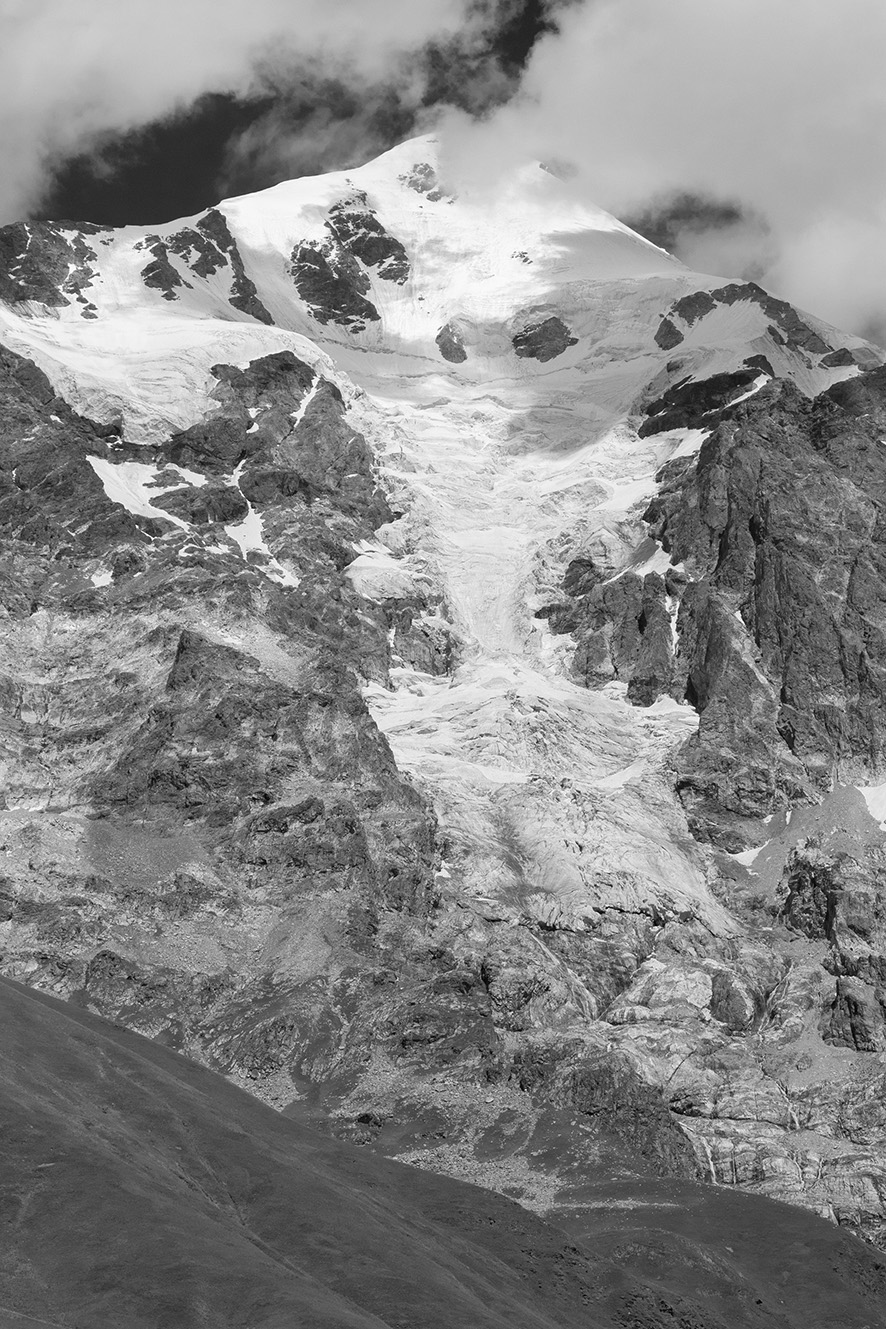
The promised horses and their owners were waiting for us to mount them for our Adishchala river crossing; and most necessary they were. Klement went over first, and shot a photo of each of us. Despite my best efforts, in the fast flow my left foot got completely submerged and soaked; thus my grimace in my photo, which apparently won the “Expressions” competition. Satisfied with the pyrrhic victory, I wrung out my sock and continued, expecting it would not do me much harm. And I took down the phone number of one of the horsemen, in case at our day’s summit, I decided to turn back. He would take me not only back across the river, but all the way back to Adishi if necessary, based on my legs’ condition. (This was changeable, and I realized that uphills were harder than downs. One more push, then…).
Now began our main ascent, up to around 2800m, on a winding and zig-zagging path. We filled our water bottles on the way with icy, delicious, safe-from-animals spring water.
At the top, views of the two mountains and three glaciers strung between them impressed us with their enormity. While I was photographing a waterfall emerging from near the base of the Tetnuldi glacier, beside it also came a small avalanche, evidence of the ongoing summer melt which is typical. Hopefully evidence of nothing more alarming than that. We did hear the roars of several other, larger, avalanches on the hidden far side of the mountains as well. These events seem to be as shy as Ushba is of being seen by human eyes, in my own visual experience.
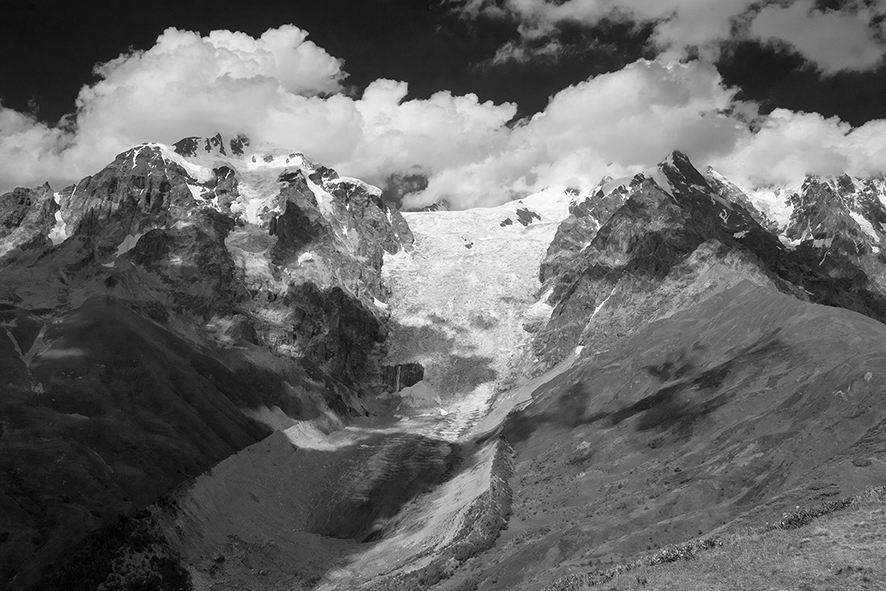
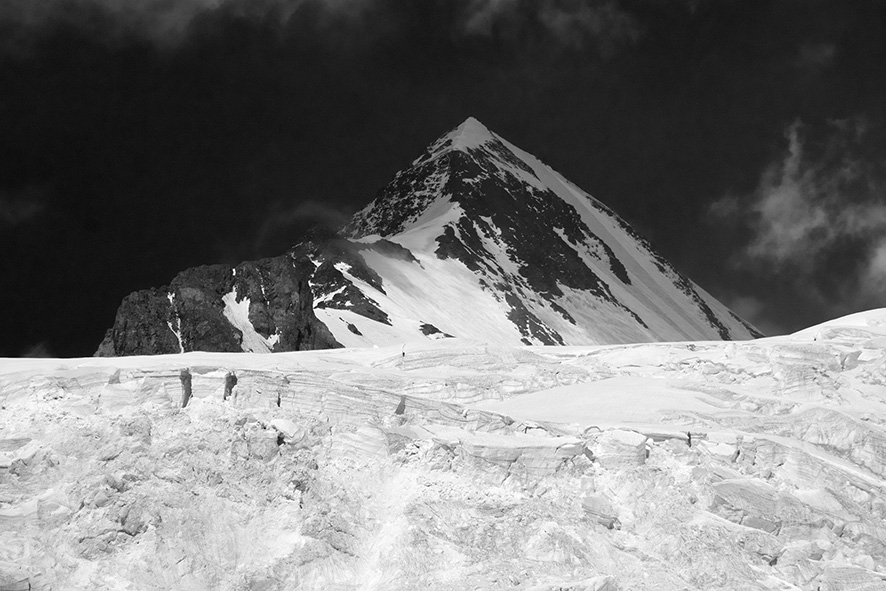
Then, at lunch, I decided: I would press on, with more than 90% of the remaining 7 km or so being downhill, easier on my legs, which were less sore than I had expected by this point. I phoned my horseman, thanked him, cancelled my need of his assistance, and we continued. I knew it was a risk, but I was up for it.
We descended from our glorious views to walk alongside the river canyon far below, and towards the end of the trek stopped for drinks at one of a couple of cafes in Khalde. While I didn’t have much time or energy for photos at this point, I know that Khalde was completely obliterated by Russian Imperial forces during its resistance to their rule in the 19th century, long after Georgia as a whole was absorbed by that empire. About 60 people were massacred and all the village’s towers destroyed to boot. It is only now slowly gathering resolve and rebuilding. More power to it.

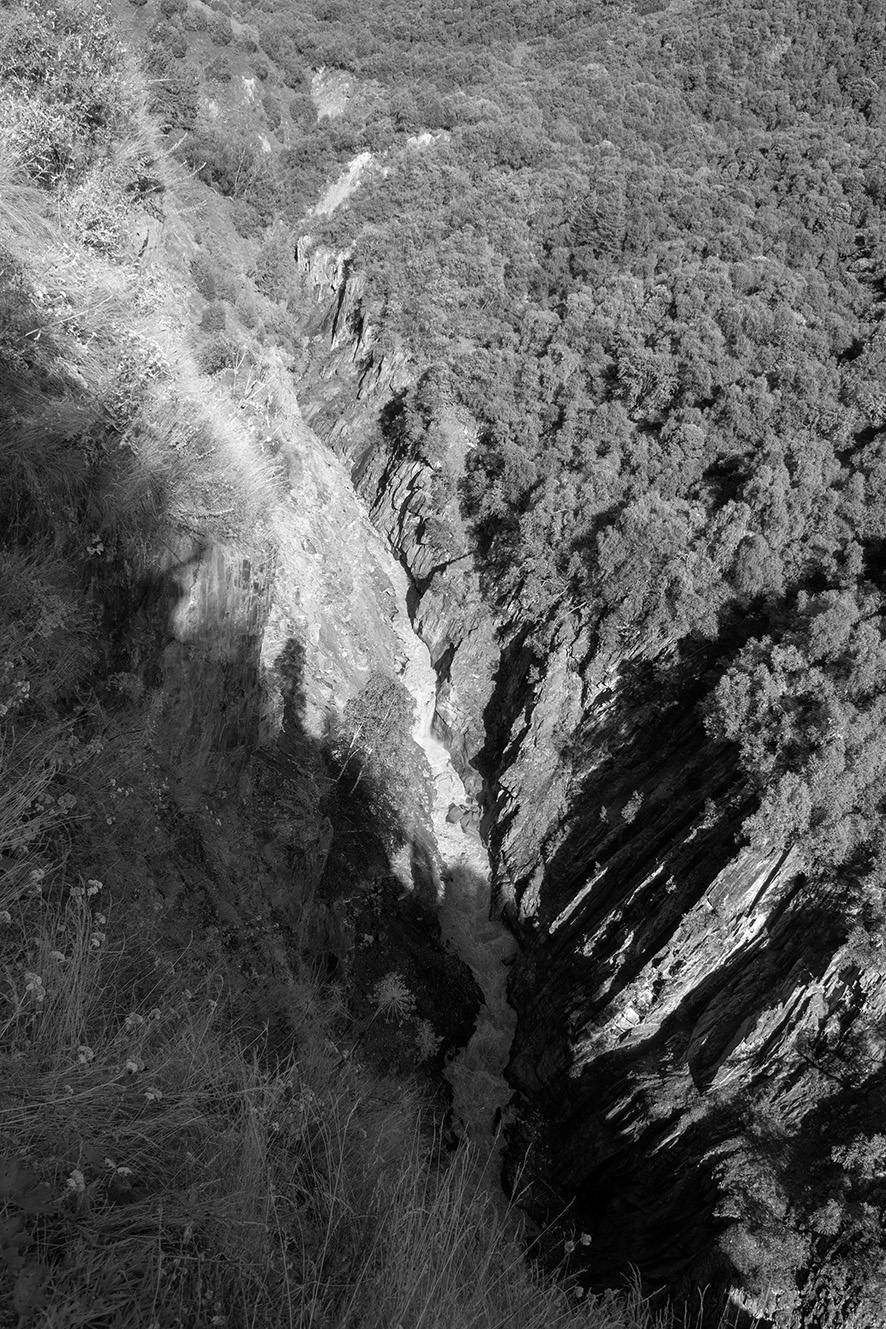
Last push down, to the top end of Ipari. Here would be my final overnight stay with the group, at a new guest house and restaurant where two rivers meet and roar together. I cannot comment on the rooms of the house as, being an unexpected additional guest, I opted to sleep using my mattress and sleeping bag on the balcony. But the restaurant is beautiful, all in stone and wood, with many traditional items on display, including the only complete stone grain-grinding apparatus I have seen. An important reason to stay here, aside from more good food, is that the grandfather of the host family has the keys to Svaneti’s most important church, called the Church of Kvirike, which hosts the world-famous annual Kvirikoba festival in late July… the team would go there, while, I, not yet up to the further solo walk I had planned in Ushguli, left them at this point, with great thanks. My gamble had paid off, I had a whole load of new photos and memories, and Adishi disappeared off my bucket list.
Blog by Tony Hanmer
Tony Hanmer has lived in Georgia since 1999, in Svaneti since 2007, and been a weekly writer and photographer for GT since early 2011. He runs the “Svaneti Renaissance” Facebook group, now with over 2000 members, at www.facebook.com/groups/SvanetiRenaissance/
He and his wife also run their own guest house in Etseri: www.facebook.com/hanmer.house.svaneti

